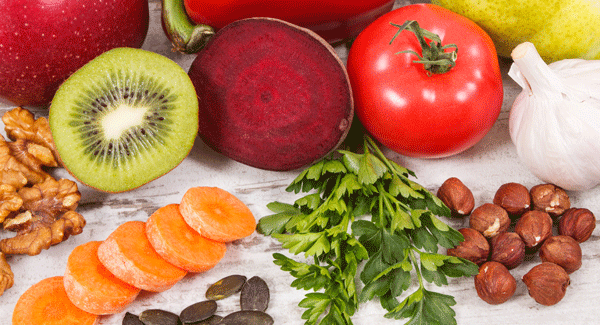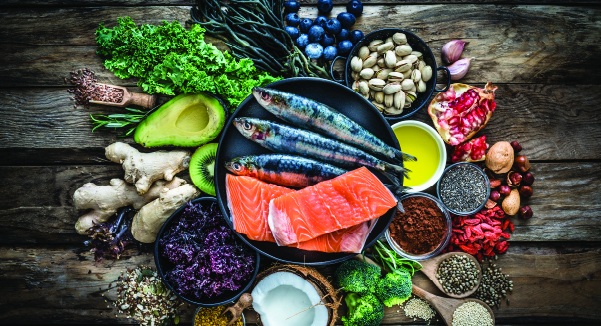How to Read a Nutrition Label
Learn which information on a nutrition label is most important for your health and how to avoid falling for false claims.
By Lisa Milbrand
Detailed nutrition labels are supposed to make it easier for you to select healthy foods. But sometimes they cause information overload – and confusion. Is it more important that something has fewer overall grams (g) of fat or fewer trans fats? Are you better off getting fewer calories even if it means getting fewer nutrients?
Here are some tips for deciphering nutrition label information.
Detailed nutrition labels are supposed to make it easier for you to select healthy foods. But sometimes they cause information overload – and confusion. Is it more important that something has fewer overall grams (g) of fat or fewer trans fats? Are you better off getting fewer calories even if it means getting fewer nutrients?
Here are some tips for deciphering nutrition label information.
Label Information
Focus on the Fats
Look for products with less than 1g of saturated fat and no trans fat, says registered dietitian Jennifer Vimbor of Nutrition Counseling Services in New York. And if you’re looking to lose weight, look for foods that are low in fat overall, she says. Foods with the “low fat” label, for example, contain fewer than 3 grams of fat per serving. Still, don’t skimp on fat altogether. Research shows that having some fat in your diet is good. Scan the labels for polyunsaturated fats and monounsaturated fats, which are healthier than saturated fats.
Fill up on Fiber
Preliminary research indicates that a high-fiber diet (more than 25 g per day) lowers cholesterol and helps prevent diabetes. A “high-fiber” food has at least 5g of fiber per serving. Manufacturers sometimes process dietary fiber out of a product and then add processed fiber, so foods labeled “high fiber” might not be as healthy as they seem. (Ingredients including inulin, polydextrose or maltodextrin suggest fiber was added.) Look for products made with bran, oats or other whole grains, which are nutritious sources of fiber, and skip ones with added fiber that also have a lot of added sugar.
Skimp on Sodium
A high-sodium diet, like a high-fat diet, puts you at risk for high blood pressure. Experts recommend keeping your total sodium intake less than 2,400 milligrams (mg) per day. The American Heart Association requires foods with a “heart healthy” label to contain fewer than 480 mg of sodium and fewer than 20 mg of cholesterol. Remember, even foods with the heart healthy label can be highly processed, sugar-laden and lacking in important vitamins and minerals, so be sure to read the ingredient listings carefully.
Look for Must-Have Nutrients
Look for key nutrients such as calcium, vitamin D and omega-3 fatty acids, which are found in fish and flaxseed oil, says Tanya Horacek, a registered dietician and associate professor at Syracuse University in New York. Also, consider foods that are high in antioxidants, which typically contain vitamins C and A. They are believed to have anti-inflammatory properties. Instead of processed foods, eat a variety of antioxidant-rich whole foods, including a rainbow of deeply hued fruits and vegetables like blueberries, prunes, kidney beans and cherries.
Now that you’re savvy about nutrition label information, you can grocery shop with a more discerning eye.
Stay in the Know. Live in the Yes.
Get involved with the arthritis community. Tell us a little about yourself and, based on your interests, you’ll receive emails packed with the latest information and resources to live your best life and connect with others.




